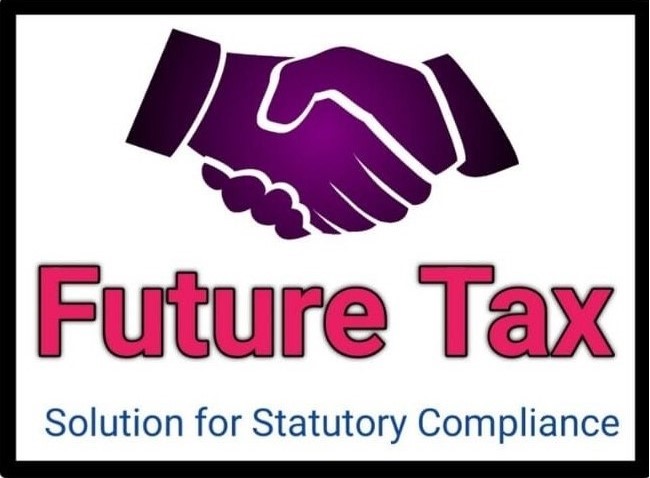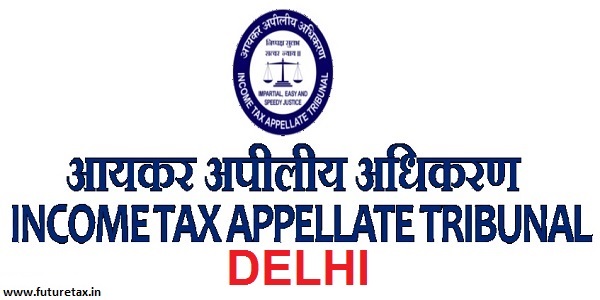
Income Tax Notice 139(9) Response to Defective Notice 139(9)
- Income Tax
- September 6, 2024
- No Comment
- 142
- 8 minutes read
**How to Respond to Income Tax Notice 139(9): A Comprehensive Guide**
If you’ve received an **Income Tax Notice under Section 139(9)**, it’s natural to feel a bit anxious. No one likes getting a notice from the tax department, but it’s important to remember that this isn’t an accusation of wrongdoing. Rather, it’s the tax department’s way of informing you that your return has been marked as **defective**, and you have the opportunity to correct it.
In this detailed guide, we’ll break down what an Income Tax Notice 139(9) is, why you may have received it, and exactly how to respond to ensure your tax filing is correct and accepted. So, let’s dive in!
### What is Income Tax Notice 139(9)?
Income Tax Notice 139(9) is issued under **Section 139(9)** of the Income Tax Act when the tax department finds certain **defects** in your filed return. These defects could be due to various reasons such as incorrect details, missing information, or discrepancies in the tax calculations. The notice lists the specific issues that need to be corrected.
**Why is this important?** If you fail to respond within the stipulated time (usually **15 days** from receiving the notice), your return can be treated as **invalid**. In simple terms, this means the department will consider that you haven’t filed a return at all, which could lead to penalties or additional tax liability.
But the good news is, most defects can be easily fixed by simply providing the missing information or correcting the errors. Let’s look at why you might have received this notice in the first place.
### Common Reasons for Receiving Income Tax Notice 139(9)
There are several reasons why the tax department might issue a defective return notice under Section 139(9). Some common causes include:
1. **Incorrect or Missing Information**: If any crucial detail, such as your PAN, name, or address, is either incorrect or missing in your return, it could trigger this notice.
2. **Mismatch Between Reported Income and Tax Paid**: If the income you’ve reported in your return doesn’t match the tax paid or the TDS (Tax Deducted at Source) as per your Form 26AS, you may receive Notice 139(9). This could happen due to an oversight or an error while filing the return.
3. **Incorrect ITR Form Used**: Each type of taxpayer (individuals, HUFs, businesses, etc.) is required to use a specific Income Tax Return (ITR) form based on their income sources. Filing your return using the wrong form can result in this notice.
4. **Missing Mandatory Documents**: Some taxpayers, such as those with business income above a certain threshold, need to provide audited financial statements. Failure to attach such documents can also lead to a defective return.
5. **Incomplete Reporting of Income**: If you’ve forgotten to include certain income sources, such as interest from savings accounts or rental income, this may trigger the notice.
6. **Incorrect Bank Account Details**: If the bank account details provided in the return are incorrect or incomplete, it could lead to issues with refunds and result in a defective return notice.
Now that we’ve covered the possible reasons for receiving this notice, let’s move on to the most important part — how to respond to it.
### Step-by-Step Guide to Responding to Notice 139(9)
Responding to the Income Tax Notice 139(9) is straightforward if you follow these steps carefully. Make sure you have a clear understanding of what the defects are, and take your time in correcting them properly.
#### Step 1: Log in to the Income Tax e-Filing Portal
To respond to Notice 139(9), you need to log into the [Income Tax e-Filing Portal](https://www.incometaxindiaefiling.gov.in/). Here’s how to do it:
1. Go to the portal’s homepage.
2. Enter your **PAN** as the username, along with your **password**.
3. Once logged in, navigate to the **‘e-Proceedings’** section.
#### Step 2: Access the Defective Return Notice
In the e-Proceedings section, you’ll see a list of all communications from the tax department. Locate the defective return notice under Section 139(9). This will show you the details of the notice, including the defects identified by the tax department.
Download the notice and take your time to read through the list of defects. It’s important to understand exactly what the issues are before you take the next step.
#### Step 3: Identify and Understand the Defects
The notice will clearly specify the defects in your return. These defects could range from simple errors like incorrect bank details to more complex issues like discrepancies in your income and tax calculations.
It’s essential to identify each defect and assess what corrections are needed. Here’s a breakdown of how to approach some common defects:
– **Missing Information**: If the notice points out missing information such as PAN details or income information, make sure you gather all the necessary documents to provide the correct details.
– **Discrepancies in Income and TDS**: Cross-check your filed return with your **Form 26AS**. This form contains all the information related to taxes deducted on your behalf. Ensure that your reported income and the TDS figures match the details in this form.
– **Incorrect ITR Form**: If you’ve filed your return using the wrong form, identify the correct one based on your income sources. You’ll need to file the return again using the correct ITR form.
#### Step 4: Correct the Return and Respond to the Notice
After identifying the defects, you can proceed with correcting the return. There are two ways to respond based on your situation:
1. **Agree with the Defects and Correct the Return**:
– If you agree with the defects listed in the notice, you can correct them and file a revised return.
– To do this, go back to the e-Filing portal, select the notice under Section 139(9), and choose the option to file a **corrected return**.
– Make the necessary corrections and resubmit the return.
2. **Disagree with the Defects**:
– If you believe the notice has been issued in error and the defects mentioned are incorrect, you have the option to disagree with the notice.
– However, be cautious while choosing this option. You must provide a clear explanation and supporting documents to justify why the defects do not apply to your return.
– Submit your response along with the required evidence. The tax department will review your explanation and decide whether or not the defect stands.
#### Step 5: Submit the Return and Keep the Acknowledgment
After submitting the corrected return or your explanation, the system will generate an acknowledgment receipt. This receipt is proof that you responded to the notice within the given timeframe.
Make sure to save this acknowledgment for future reference. If any issues arise later, you’ll have proof that you complied with the notice.
#### Step 6: Wait for Confirmation from the Tax Department
Once you’ve submitted the corrected return or your explanation, the tax department will review it. They will either accept your revised return or reach out for further clarification if needed.
Keep an eye on your email or the e-Filing portal for any updates or further communication from the department. If your response is accepted, your return will be processed as normal, and you won’t face any penalties.
### Tips to Avoid Income Tax Notice 139(9) in the Future
Now that you know how to respond to a defective return notice, it’s also important to take steps to prevent this from happening again. Here are a few tips to help you avoid receiving Income Tax Notice 139(9) in the future:
1. **Double-Check Your Return**: Before filing, carefully review all the details in your return. Ensure that your income, deductions, and tax paid match the information in your Form 26AS.
2. **Use the Correct ITR Form**: Make sure you’re using the right ITR form for your income type. Filing under the wrong form is a common reason for defective returns.
3. **Attach All Required Documents**: If you’re required to submit additional documents, such as audited financial statements or proofs for deductions, make sure they are attached.
4. **Verify TDS and Tax Credits**: Cross-check your TDS details with your Form 16 or Form 26AS to ensure there are no discrepancies.
5. **Update Bank Details**: Ensure that the bank account information provided is correct, especially if you’re expecting a tax refund.
### Conclusion
Receiving an **Income Tax Notice under Section 139(9)** can feel stressful, but it’s a common issue that many taxpayers face. The key to handling it effectively is responding within the given timeframe and correcting any errors in your return.
By following the steps outlined in this guide, you can easily correct the defects and ensure that your tax return is processed smoothly. Remember to keep a close eye on your filings and cross-check your information to avoid receiving this notice in the future. If you’re ever in doubt, don’t hesitate to seek help from a tax professional who can guide you through the process.




